The compact yet uncompromised flagships are a thing of the past as the world gets taken over by oversized smartphones, but the trend seems to be making a comeback. Especially Indian consumers are seeking devices with a lot of power, easy to handle in the hand and pocket, and not sacrificing on the performance, camera and battery. Two new entrants into the market are competing to reach this prime position, the OnePlus 13s and Vivo X200 FE.
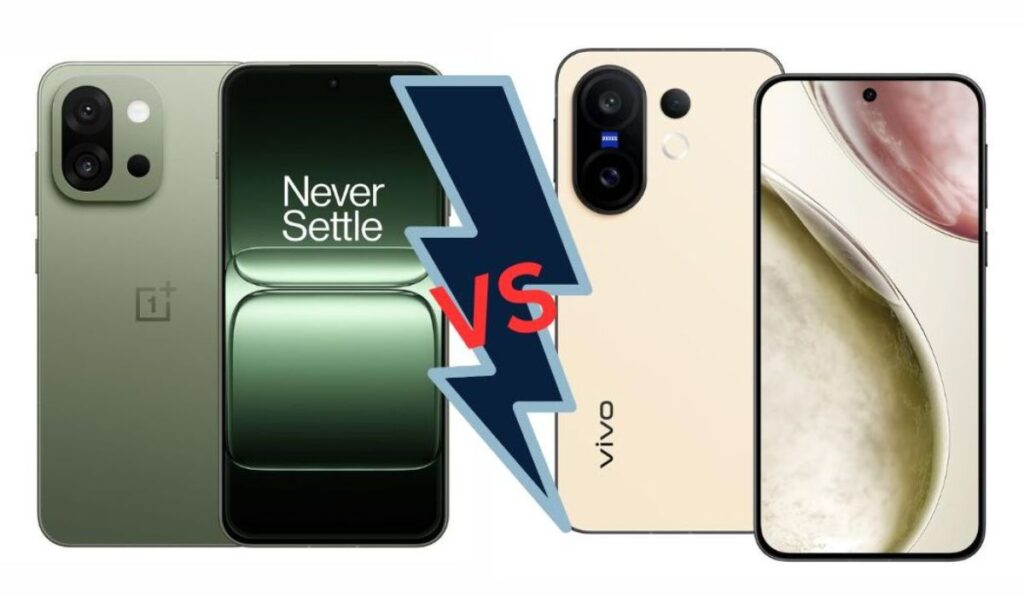
Both claim to offer high-end experiences in a smaller package, and so which one really gives the best value and performance to the discriminating Indian consumer?
This comprehensive comparison will tear apart each property of these two small flagships and assist you in making a sound choice.
Design and Build: Two Aesthetics and Durability Tale
Oneplus 13s and Vivo X200 FE use high-end materials and are made in a glass and metal sandwich design. However, there is a varied fashion of aesthetics and durability.

OnePlus 13s is more sophisticated and subtle in its beauty. It is 8.2mm thick and 185 grams in weight thus making it extremely comfortable to use with a single hand. The back of OnePlus is matte, with classy colors such as Green Silk, Black Velvet and Pink Satin, and it does not attract smudges and fingerprints easily. There is also a redesigned camera module that no longer has the circular shape, but a more rectangular one. To keep it safe, it has Ceramic Guard and has an IP65 rating in terms of dust and water resistance, which implies that it is dust-protected and safe in relation to low-pressure water jets. Another interesting addition is that the iconic alert slider was swapped in favor of a customizable so-called Plus Key that provides an easy access to a range of functions and AI tools.

Conversely, the Vivo X200 FE has a slight thinner body of 7.9mm and a weight of 186 grams. It has a good glass and metal construction with both the glass and aluminum frame boasting a frosted matte finish which is part of its smudge-resistance. A much better IP68/69 rating used by the X200 FE results in extensive protection against dust and deep water immersion and even high-powered water jets, creating a big lead in the durability category. This is why it is a more durable choice of people who are active. Coming in Amber Yellow, Luxe Grey, and Frost Blue, it is slightly smaller in camera island, partly because of its new M-shaped periscope system of the telephoto lens.
Both of them are very attractive on the look but Vivo X200 FE wins with its IP68/IP69 rating which means more assurance in terms of water and dust resistance. The OnePlus 13S, though, may be more to the taste of the people who like a slightly lighter phone and the new customizable Plus Key.
Display: An Immersion Vs Brightness Match
The screen is an important feature of every smartphone, and both gadgets have amazing AMOLED display.
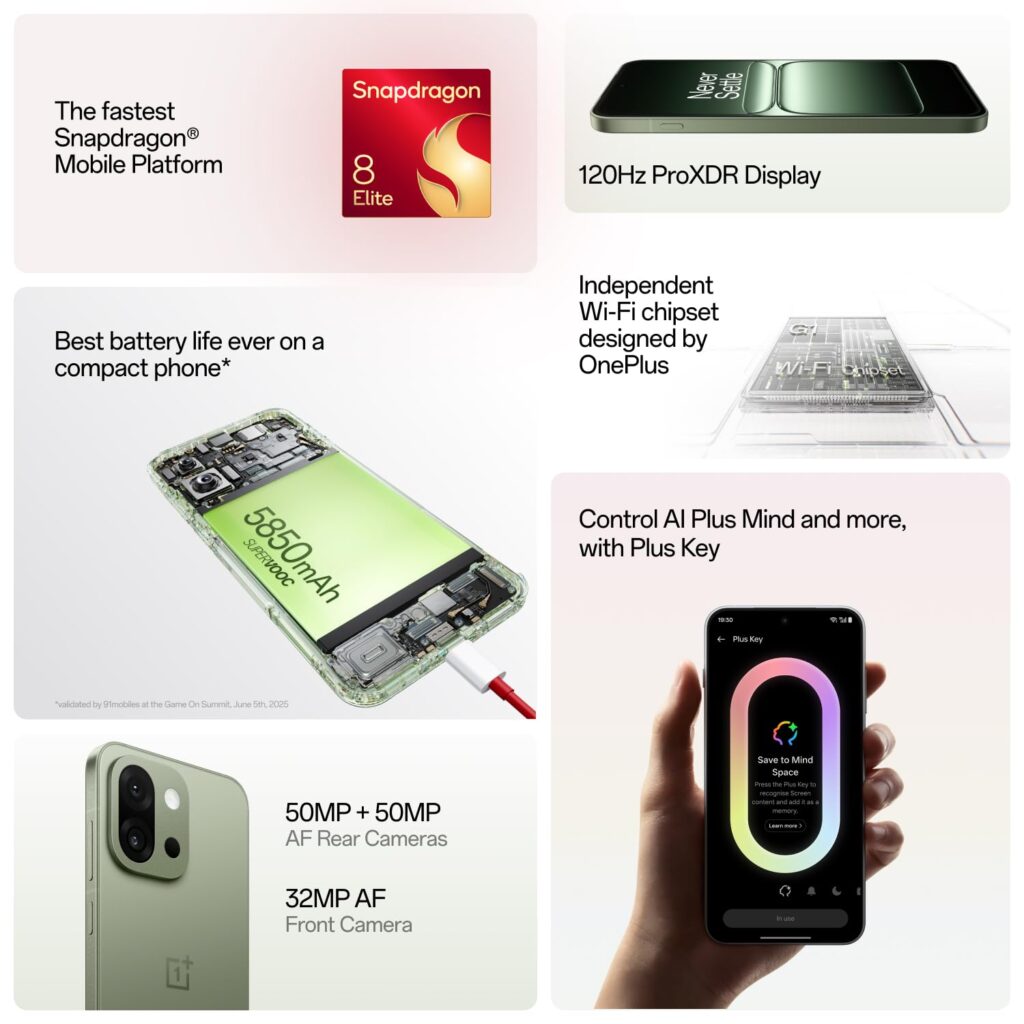
OnePlus 13s has a 6.32-inch LTPO AMOLED screen with a 1.5K resolution (2640×1216 pixels) and a pixel density of 460 ppi. It has a variable refresh rate of 1Hz to 120Hz which results in smooth scrolling and power saving. It has a maximum brightness of 1600 nits in the HBM (High Brightness Mode), 10-bit color depth and Dolby Vision support. Other functionalities such as 2160Hz PWM dimming, Aqua Touch 2.0, and Glove Mode make viewing experience enjoyable and comfortable to the user.
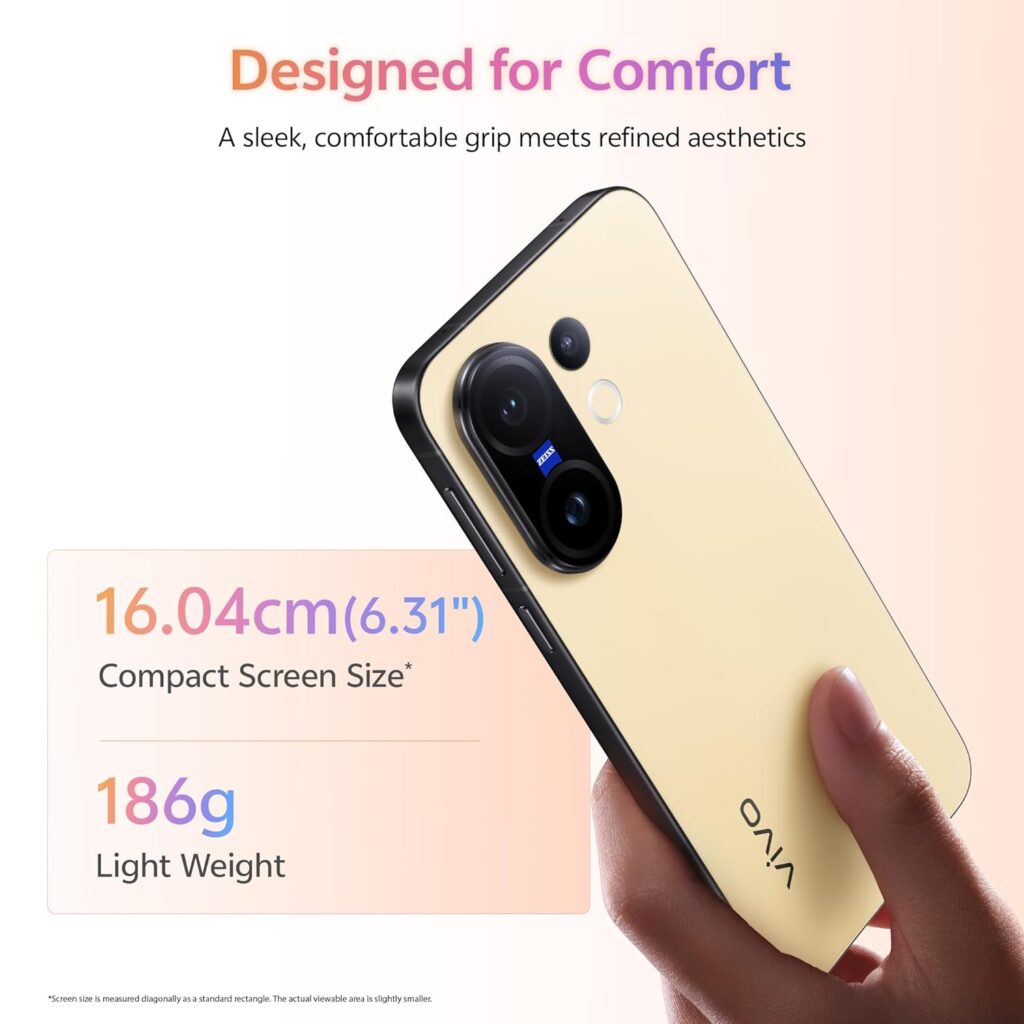
The Vivo X200 FE has a dimensionally smaller screen at 6.31 inches LTPO AMOLED that supports a 1.5K definition (2640×1216 pixels). It excels at where it matters most, in brightness, peaking at an amazing 5000 nits brightness, and 4500 nits in HBM. This is what makes it extremely readable even when it is directly exposed to sunlight. It has also 120Hz refresh rate, HDR10+, and 2160Hz PWM dimming which ensures eye comfort. The narrow bezels and a tiny punch-hole on the front camera help in creating an extremely immersive experience.
The Vivo X200 FE has an incredibly high maximum brightness, which is 5000 nits, making it a clear winner in terms of outdoor visibility and incredibly vibrant display. OnePlus 13s has an outstanding screen as well but the Vivo screen is just brighter.
Performance: Brute force versus Maximum efficiency
The two mini-flagships are powerful in terms of processing power under the hood.

The OnePlus 13s will be equipped with the latest Qualcomm Snapdragon 8 Elite Mobile platform that is quite a beast of a chipset and is meant to handle heavy tasks. It is combined with 12GB of LPDDR5X RAM and up to 512GB of UFS 4.0 storage, which allows a blistering quick app launch and will make multitasking a breeze. An advanced cooling system that includes a 4,400mm 2 vapor chamber and cooling layer on the back panel has also been integrated to ensure that the smartphone cools down effectively even when using the smartphone to play games over a long period of time.
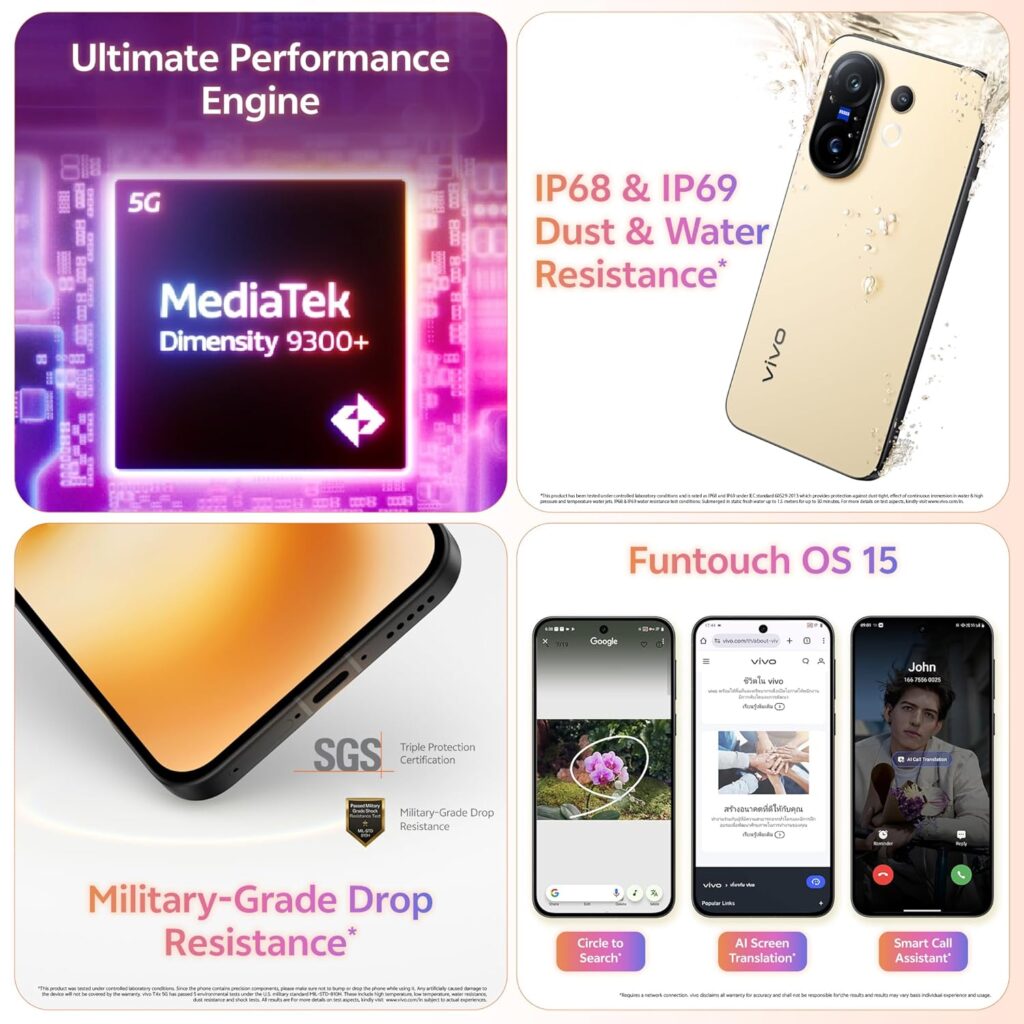
Vivo X200 FE is powered by the MediaTek Dimensity 9300+ chipset. It is a very powerful processor, which is capable of delivering excellent results when it comes to CPU or GPU intensive work. It has 12GB or 16GB of RAM and 256GB or 512GB of UFS 3.1 storage. Vivo has optimized the Dimensity 9300 + to provide seamless gaming and other fluid performances with minimal heating problems.
The two chipsets are high-end in terms of performance, providing flagship performance. The Snapdragon 8 Elite in the OnePlus 13s may have a bit of an advantage in pure CPU performance and long-term sustained gaming due to its strong cooling, whereas the Dimensity 9300+ in the Vivo X200 FE is also remarkably efficient and powerful on its own. To a normal user they both will be butter-smooth.
Camera Systems Zeiss vs. Hasselblad- A Photographic Duel
Camera is a major consideration when purchasing a flagship phone and OnePlus and Vivo have spent considerable sums of money on their camera.
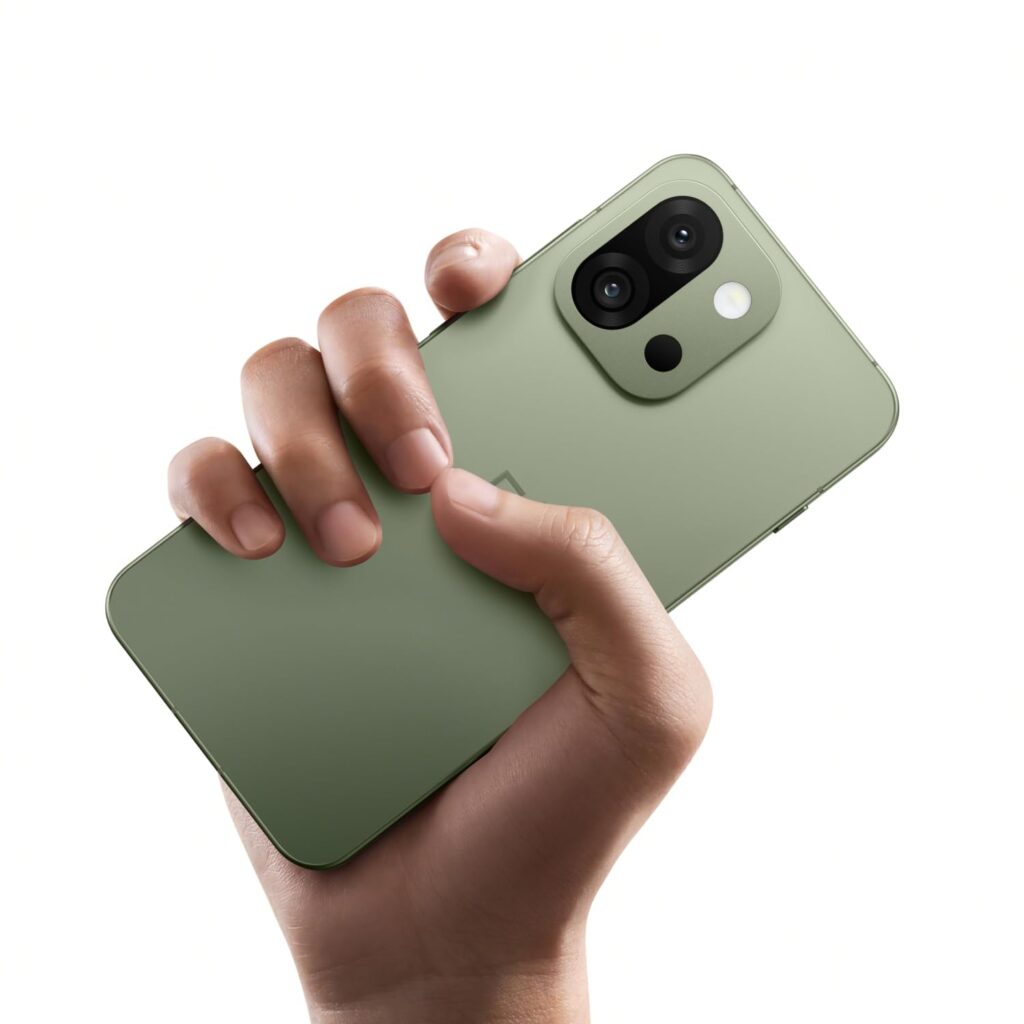
The OnePlus 13s has a dual-camera system on the back, with a primary camera of 50MP (Sony LYT-700) and OIS and a telephoto sensor of 50MP (S5KJN5) and 2x optical zoom and EIS. The selfie camera is a 32MP shooter that has EIS and autofocus. The OnePlus also retains its partnership with Hasselblad on color science and imaging algorithms, which is supposedly giving natural and vivid pictures. The camera system has a range of modes such as recording 4K video at 60fps, slow-motion, and cinematic mode. Enhanced photography is also incorporated with the new AI features such as AI Detail Boost and AI Unblur.
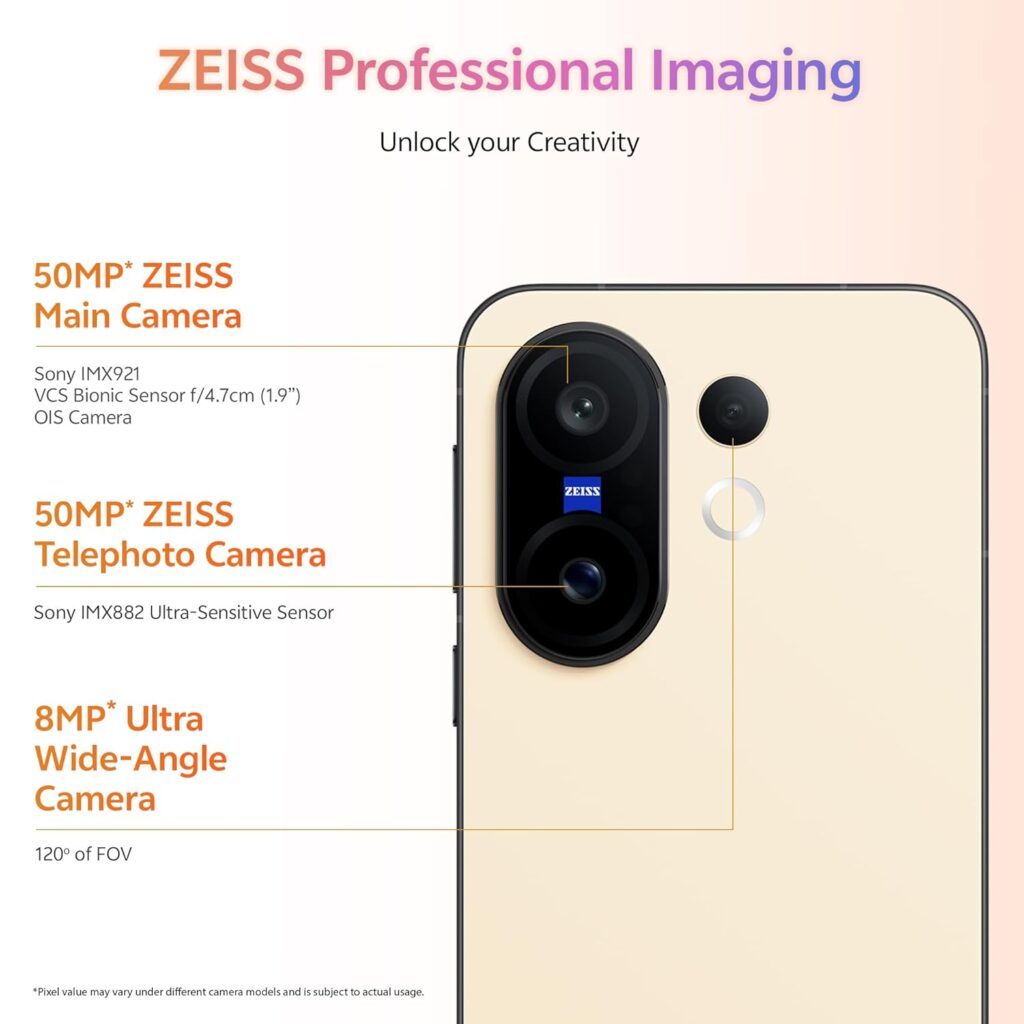
The Vivo X200 FE has a more versatile triple camera setup in collaboration with ZEISS. It has a 50MP main camera (Sony IMX921) with OIS, a 50MP 3x periscope telephoto, and 8MP ultrawide camera. The telephoto lens uses a new M-shaped optical path in order to have a smaller design. It has a high-resolution 50MP front camera that can record videos in 4K. Through the collaboration with ZEISS, Vivo features different imaging styles and lens simulations (such as Distagon, Biotar, Sonnar, Planar style bokeh), giving one freedom of creativity. It can shoot 4K 60fps videos on the main camera, the telephoto camera and the selfie camera, a huge boost to the video user.
The Vivo X200 FE seems to have a more complete and more versatile camera set with the dedicated 3x periscope telephoto lens and a 50MP front camera and the creativity of ZEISS optics. The OnePlus 13S continues to provide a powerful photography experience with the help of Hasselblad and enhanced AI capabilities, which may be more attractive to amateur photographers and video creators, but Vivo has better hardware and specialised functionality to suit the needs of more dedicated photographers and videographers.
Battery Life and Charging Endurance and Speed
Any smartphone, and compact smartphones in particular, depend on battery performance.
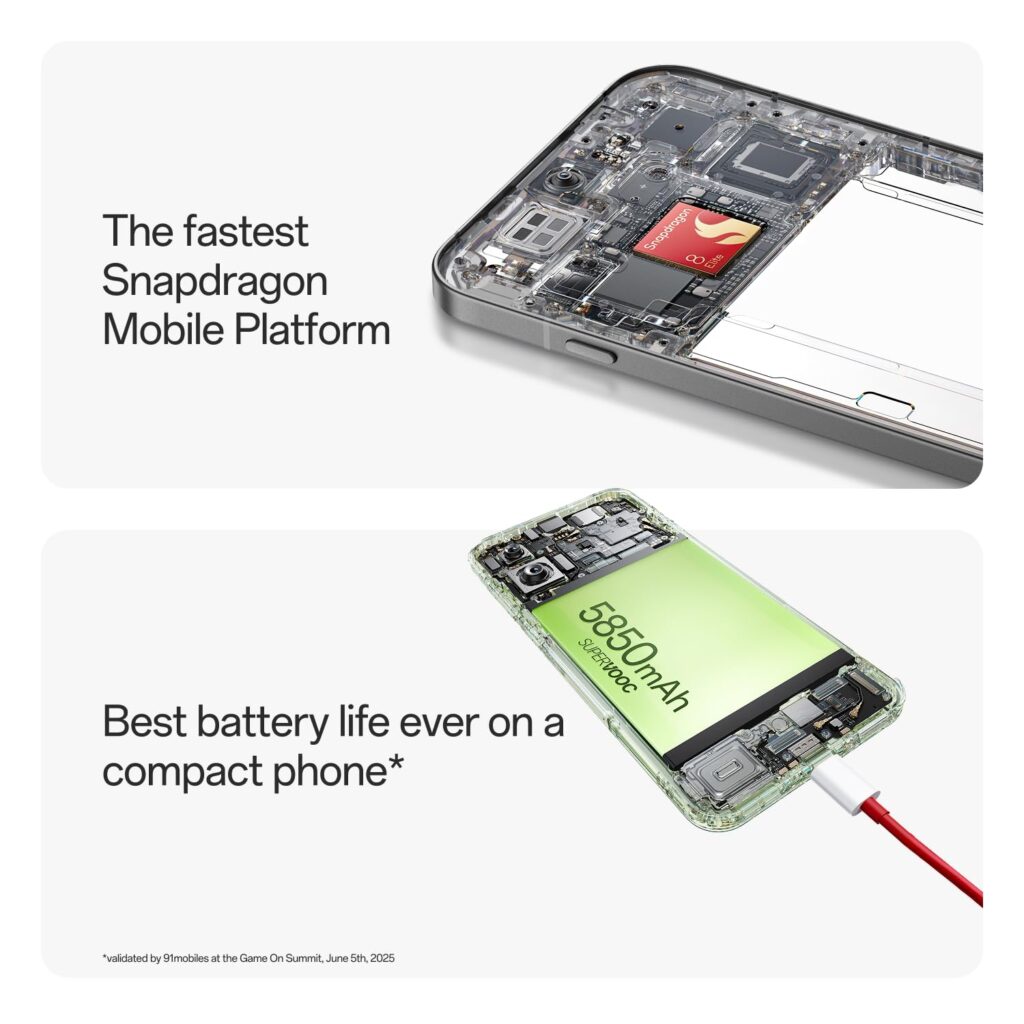
OnePlus 13s has a huge 5,850mAh battery, which is impressive considering its small form factor than a lot of bigger flagships. OnePlus boasts of an incredible stamina, as it can last up to 7.2 hours of constant BGMI playing and 16 hours of scrolling through Instagram. It is also equipped with a 80W SuperVOOC fast charging capability, so that it can be charged quickly. Bypass Charging is also available on the phone to allow the phone to be charged directly off the wall when in heavy use, thereby aiding in the mitigation of battery degradation.
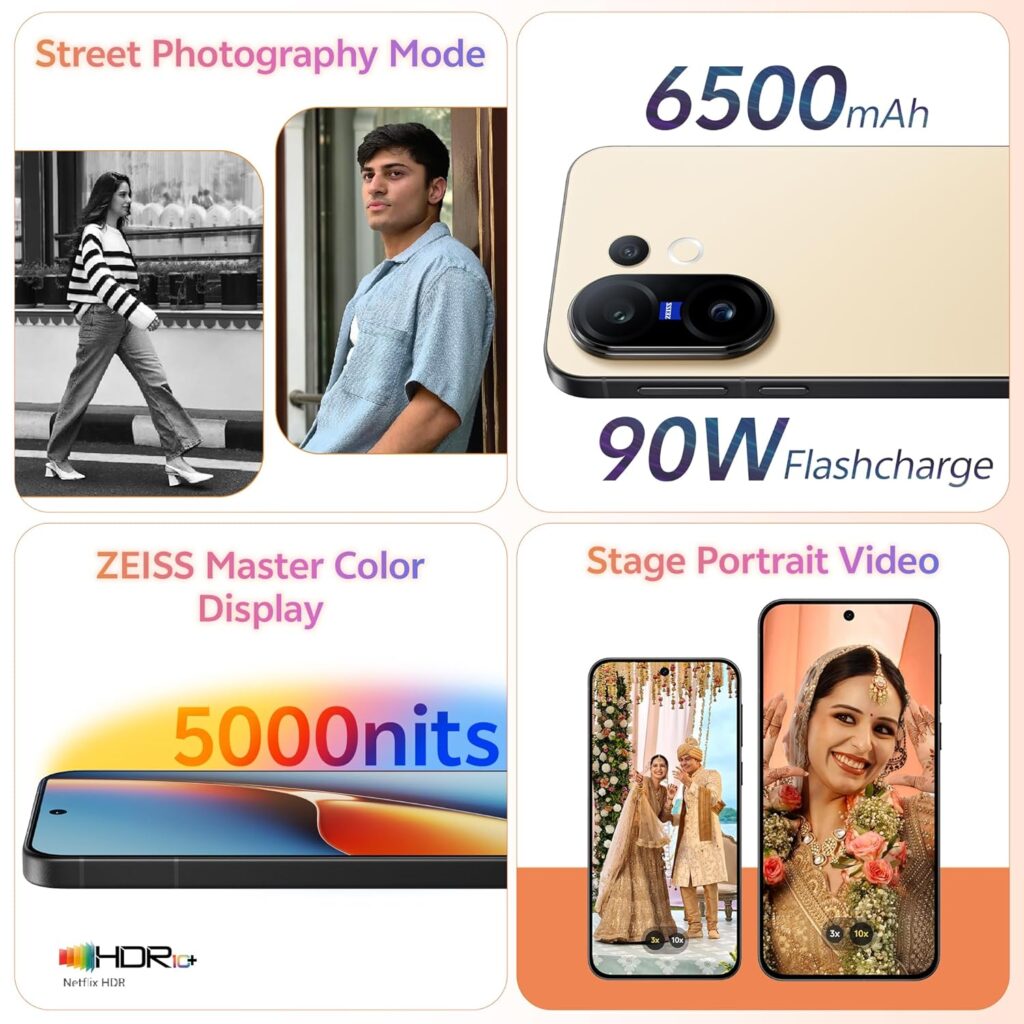
The Vivo X200 FE leads with an even higher battery of 6,500mAh Si/C Li-Ion, the largest battery on any compact phone in India. Vivo boasts of more than 25 hours of YouTube streaming or nearly 10 hours of games in every charge. The lab tests indicate a superb Active Use Score of more than 15 hours. It charges at a blazing-fast 90W FlashCharge so it has incredibly fast charging times.
The Vivo X200 FE is obviously better off in the raw battery capacity and possibly the endurance, as such, it can be considered a battery champion in the compact segment. They both have wonderful fast charging with Vivo 90W slightly faster than OnePlus 80W.
Software Experience: OxygenOS vs FunTouch OS with AI
Software experience contributes to immensely to daily usability.
OnePlus 13s is an Android 15 based operating system, the OxygenOS 15. Software long-term support is offered by OnePlus with the company promising four years of Android updates and six years of security updates. OxygenOS is famous for its clean, almost pure Android experience with some nice tweaks. The 13S also adds new AI features under the name of OnePlus AI, consisting of AI Plus Mind (to organize the content), AI Voicescribe (to record calls, summarize them, and translate them), and AI Call Assistant. It also incorporates the Gemini and Circle to Search of Google. On the one hand, OxygenOS provides a high level of multitasking and customization, but on the other hand, aggressive background app management has been observed by some users.
It is a Vivo X200 FE that is running on the Funtouch OS 15 that isAndroid 15 as well. Vivo has assured its users of four OS updates. Funtouch OS has progressed to be clean, fast, and more feature-packed, especially its expanding repertoire of AI capabilities. It incorporates Google Gemini extensively to summarize videos on YouTube, schedule and contextual responses. Other AI tricks are the real-time call transcription and translation, on-device text scanning, and high-quality editing tools in the AI Image Studio. Vivo also has DocMaster suite which is intended to turn the phone into a pocket office.
Both are modern Android with powerful AI-integration. The more extended software update calendar (6 years of security updates) of OnePlus provides it with a minor advantage in terms of future-proofing, although the Funtouch OS with all of its extensive AI capabilities feels more polished and instantly applicable, particularly in the spheres of productivity and creativity.
Price and Value Proposition
Both phones are targeted at the high-end compact flagship segment, and their price points indicate it.
OnePlus 13s will begin at the price of 54,998 rupees (Buy Now) in India and 12GB RAM with 256GB storage, and 12GB RAM with 512GB storage costs 59,998 rupees (Buy Now). Launch deals will typically have some form of discount, exchange bonus, and bundled accessories such as the Nord Buds 3.
The Vivo X200 FE costs the same with a starting price of 54,999 (Buy Now) for 12GB RAM with 256GB storage and 59,999 (Buy Now) for 16GB RAM with 512GB storage in India. The effective price is also competitive because Vivo also has a bank discount and exchange bonus.
The two phones are well prices in the compact flagship range. The value proposition is largely based on what is important to each person. The OnePlus 13S has great value in the event that raw performance, extended software support, and a relatively light-weight build are paramount. In case a better camera system, outstanding endurance, and better sturdiness (IP68/IP69) are of greater significance, a more powerful bundle in the same price range is the Vivo X200 FE.
Decision: Which is better, the Compact Flagship?
The fight between OnePlus 13s and Vivo X200 FE is close, which shows the different ideas of creating a compact flagship. They are both great machines but appeal to the users who value a smaller size but do not want to lose core smartphone experiences.
Chose OnePlus 13s when:
- You are more concerned with raw processing capabilities and long term performance when doing a lot of gaming.
- You prefer longer software support that offers four years Android updates and six years of security updates.
- You want a little lighter-weight device and the new customizable Plus Key.
- You care about OxygenOS ecosystem and its pure user experience.
Chose Vivo X200 FE when:
- You insist on the very best camera performance, especially the versatile 3x periscope telephoto lens and ZEISS imaging.
- Your first priority should be battery life because its 6500mAh battery cannot be matched in this segment.
- It is important to be durable and water-resistant (IP68/IP69).
- You like clearer displays to see in the outdoors.
- You appreciate how well AI functionalities have been embedded in the Funtouch OS.
Finally, the OnePlus 13S and Vivo X200 FE are both a very good step forward in the compact flagship market in India. The best option that will satisfy you will be based on your own preferences and priorities as to what you appreciate most in a smartphone. Based on your everyday habits of usage, your photographic needs and how much value you put on battery life and durability to make the ideal choice in your next compact powerhouse.
Disclaimer: This article contains affiliate links. We may earn a commission if you make a purchase through these links, at no extra cost to you.
Image Credits: Thank you to Amazon.in ,oneplus.in and vivo.com for the product images used in this article. All rights belong to the respective copyright holders.
Also for article related to tech and mobiles please follow at https://technexuslabs.com/